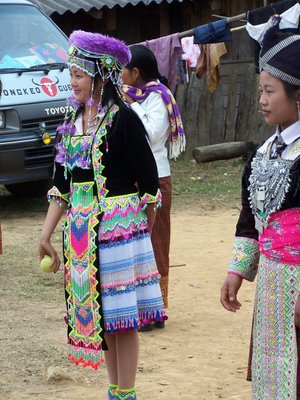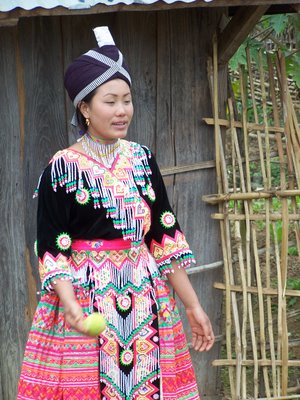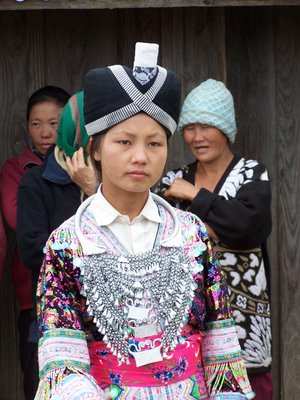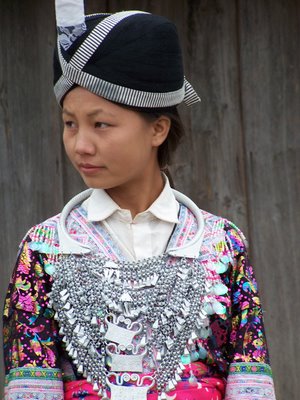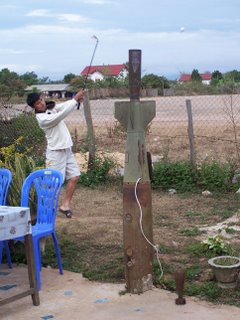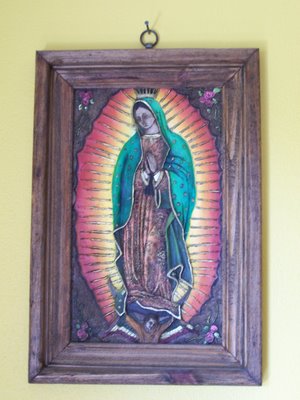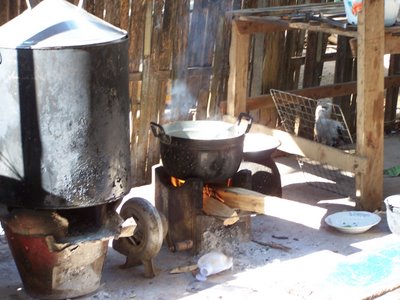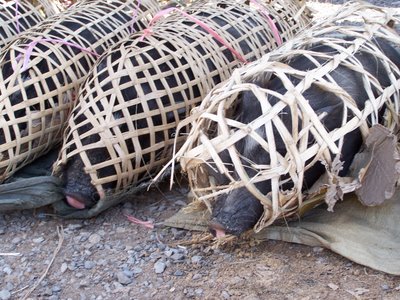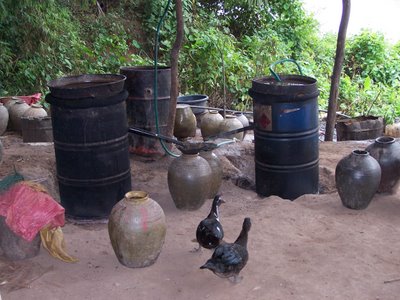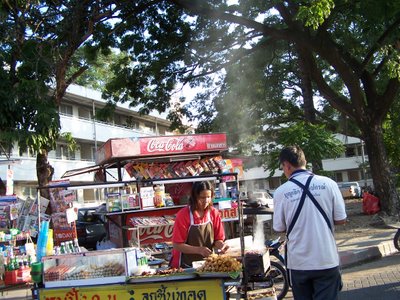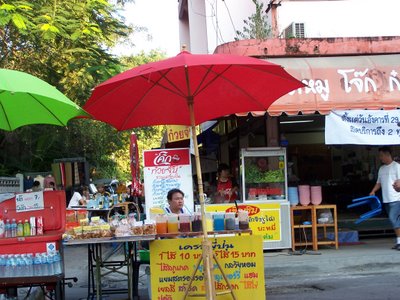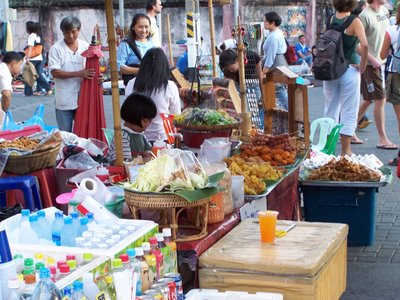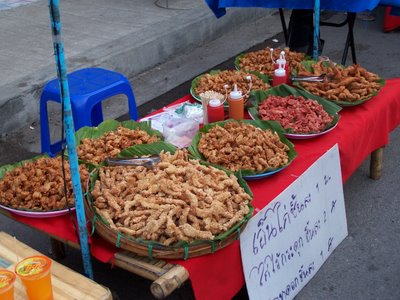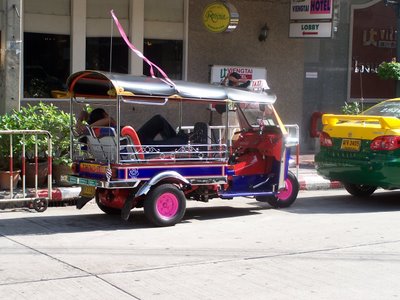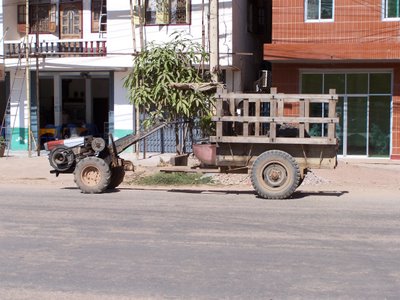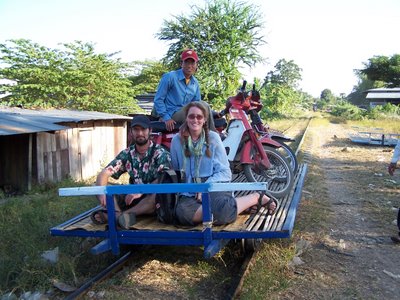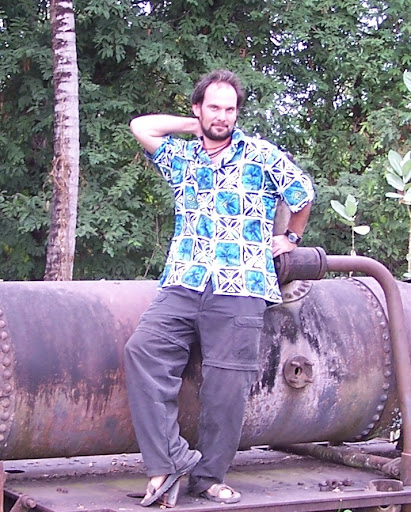The Road to El Rama, and the Boat to Bluefields

The trip out to the Atlantic coast of Nicaragua started with a very long wait in a very hot and crowed bus station on the north side of Managua. The Mayoreo Bus Terminal sits, in is faded and chipped, green painted splendor miles from anywhere you would ever want to be. The taxi ride across Managua costs more than any bus trip you could possibly take, save the 27 hour epic overland route to Puerto Cabazes. Our arrival was poorly planned, no bus for nine hours. The overnight option: save money on a hotel by getting your shut eye on route. I hadn't done this for years, but its an old trick of the dirt bagging budget traveler. I probably spent more time in bus stations and on buses during my first trip to South America than I did actually seeing stuff.
However, desperate times call for desperate measures. So we waited, ate some fried chicken and plantain chips, and waited some more. We boarded our bus at 8pm, and sat in the stifling heat, until 10:30 before making our departure. The bus was an old run down school bus, but it was classified as an express, which meant a minimum of stopping to load and unload peasants and their livestock.
Sitting beside a 6 foot one passenger, like my wife, only makes the journey harder. Her legs, instead of extending into the isle, always end up on my side of the seat, forcing me to sit askew, totally throwing my spine out of whack. There is an enormous difference between your lower back at 21 and your lower back at 32...that difference is expressed as lingering and sometimes searing pain. To be true, it probably is worse for her, but sympathy is sometimes hard to muster a 2 o'clock in the morning, trapped in the confines of a school bus seat.
We arrived in El Rama (the literal end of the road) ahead of schedule, and completely in the dark. Shuffling off the bus, we simply sat on our bags, contemplating our fates. After about an hour of this we wandered towards lines of people waiting for boat tickets at two separate offices down by the docks (presumably, it was still very dark). We waited in the shorter of the two, paid a man some money, and put our name on the list.
Unfortunately, we missed the first manifest, and so became the first two passengers on the 7:30 boat (as opposed to the 6:30). We moved closer to the docks, and watched the chaos and confusion of boat travel on this side of the country. A throng of people waiting for their respective "pangas" to fill and depart. To be honest, we had no idea what was going on, but seemingly, no one else did either. It was here that we first began to notice the not so subtle differences between the "costenos" and the rest of the population of the country. First off, these people are black...not Spanish looking at all...100% African. Secondly...they don't speak Spanish (not amongst themselves anyway). Creole (or Patois) is a dialect of English, with some French and Spanish thrown in the mix, but the rhythm, cadence, and shear volume of colloquialisms involved makes it almost incomprehensible to a non-native. Of coarse, the upshot is that they understand English perfectly, and can respond in an almost comprehensible manner.

So there we stood. The boats (pangas) began to fill. On one side of the wharf there were open boats, on the other, boats with roofs. The open boats called out numbers, the ones with roofs called out names. Boats on both sides left.
Eventually, we figured out that we had purchased tickets for the roofed boats. The last one of these left, and there we sat. The open boats began leaving, and soon there were only two partially full boats sitting at the dock. Still we waited. It was only 7:15, we were sure the 7:30 boat would arrive presently. At about 7:45, one of the boat operators from the other side (the open boats) came over and asked us, in a round about way, what the hell we were waiting for. "the 7:30 boat" we replied. It soon became apparent that there was no 7:30 boats, and that the only two remaining boats were in fact, the only two boats left that were going to Bluefields that morning. A quick run up the dock to the ticket office, a return of tickets for cash, and a handing of that cash over to the operator of the open boat ensured our passage. Although we had no tickets, our horribly misspelled names were added to the manifest, and off we went.
It is worth mentioning that we were not the only people waiting for a boat that didn't exist, there were a few locals doing the exact same thing.
We were seated, given life jackets (mandatory for all passengers), and sped off. The folks across the isle, were a middle aged creole couple, traveling with their son. They were very friendly, and talked a lot about the coast. They were originally from Pearl Lagoon (our final destination), but had been away for 12 years working in Managua. They were coming back home for Christmas, and you could tell they were excited about getting home, and being reunited with family and friends. Conversation was hindered by the roar of the big outboard engine, but we were able to gather a few facts about the area.
About 45 minutes into the 3 hour ride, it started to rain. Not a wussy little sprinkle, but a tropical deluge, intensified by the speed of the open boat. At this point, I was prepared to get totally soaked (my rain jacket was in my backpack, which was inaccessible) but after about 30 seconds of hard rain, the skipper produced a huge sheet of plastic, which my fellow passengers slowly rolled out, above their heads, towards the front were we sat. Although incredibly noisy beneath the rippling sheet of plastic, it was almost dry.
After a spell, the skies cleared, only to darken again. The process was repeated several times along the way. About 30 minutes outside of Bluefields, we passed a shrimp fishing port, and the turn off for Pearl Lagoon. The Rio Escondito widened, and the jungle eased into savanah.

We rounded a bend in the river, and entered the wide Lagoon that made Bluefields such a popular harbour for pirates in the 17th century.
 The name "Bluefields" is an anglicized corruption of name of the Dutch pirate Abraham Blauveldt, an active marauder of the 1630's, who set up shop in this bay. We pulled in at the main municipal dock and stepped into the boat office, to wait for another panga to take us back up river, and across a series of waterways to Pearl Lagoon.
The name "Bluefields" is an anglicized corruption of name of the Dutch pirate Abraham Blauveldt, an active marauder of the 1630's, who set up shop in this bay. We pulled in at the main municipal dock and stepped into the boat office, to wait for another panga to take us back up river, and across a series of waterways to Pearl Lagoon.











